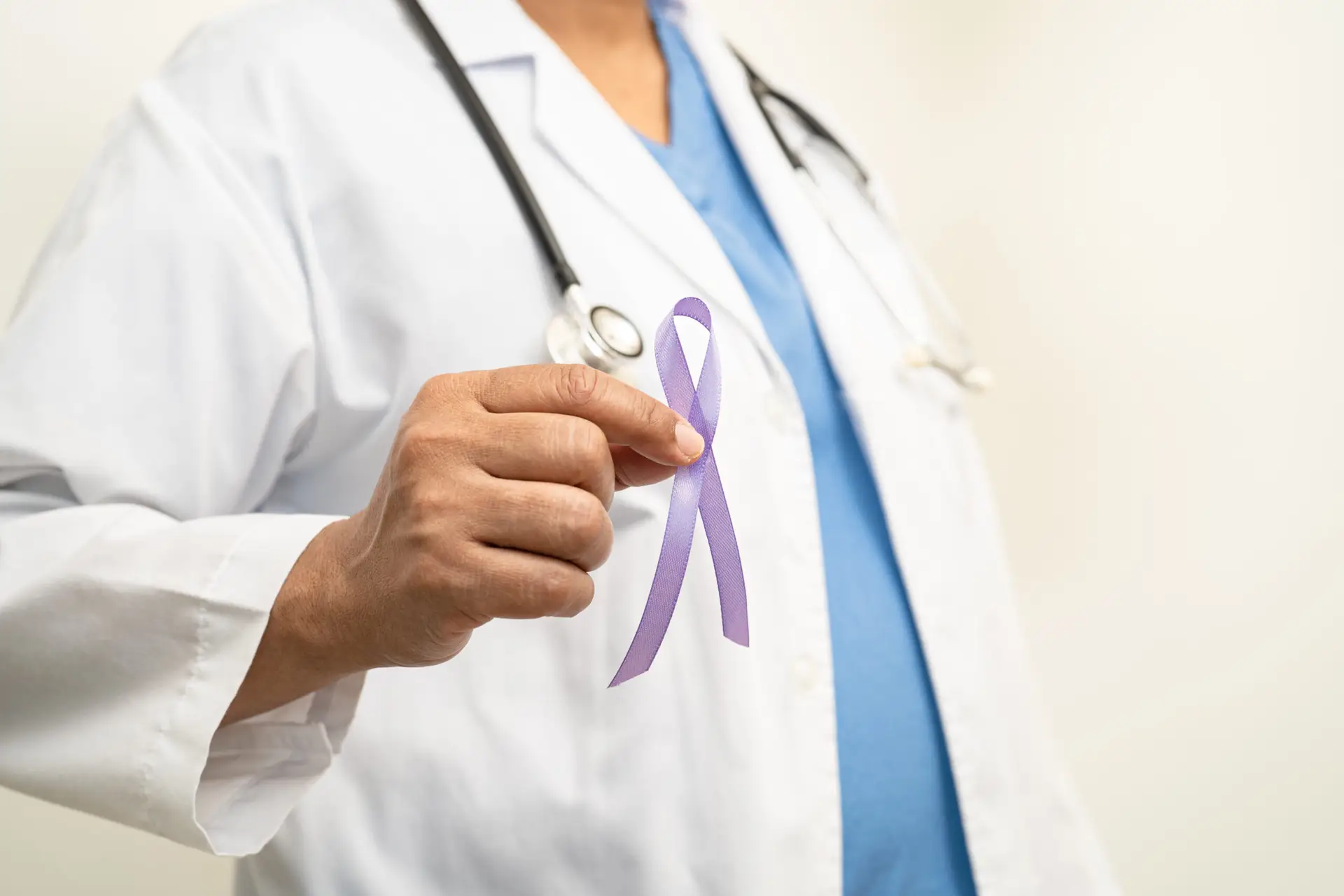Pancreatic cancer is a tough opponent, often diagnosed late due to its amorphous symptoms and aggressive nature. Knowing about pancreatic cancer treatment is vital for patients and families. This blog explores 8 essential things about treating pancreatic cancer.
- The Treatment Team
Pancreatic cancer treatment is a team effort. A multidisciplinary approach involving oncologists, surgeons, radiologists, and other specialists is essential. Each member plays an important role in diagnosing, planning, and executing the treatment. Their combined expertise ensures a comprehensive approach to address the complexity of pancreatic cancer.
- Stages of Pancreatic Cancer
Pancreatic cancer is typically staged to determine the extent of the disease and guide treatment decisions. The stages range from Stage I (localized) to Stage IV (advanced). The stage at which the cancer is diagnosed significantly influences the treatment strategy. Earlier stages may be candidates for surgical interventions, while advanced stages require a different approach, such as chemotherapy or palliative care.
- Advances in Research
Research, clinical trials, new drugs, and treatments are improving pancreatic cancer care. Join discussions, webinars, or support groups to stay updated and find hope for better outcomes and a better life.
- Surgical Options
Surgery can be a critical component of pancreatic cancer treatment, especially in early-stage cases. The Whipple procedure (pancreaticoduodenectomy) is a commonly performed surgery for tumors in the head of the pancreas. During this complex operation, the surgeon removes the head of the pancreas, part of the small intestine, the gallbladder, and the bile duct. While effective, it is a major surgical intervention with potential risks and complications. Surgical eligibility is determined by factors such as the tumor’s location and the patient’s overall health.
- Chemotherapy and Radiation
Chemotherapy and radiation therapy are important parts of pancreatic cancer treatment. Chemotherapy uses drugs to fight cancer cells and radiation therapy uses strong beams to damage them. These treatments can be used before or after surgery to shrink tumors, lower the risk of cancer coming back or help with symptoms in advanced cases. Remember that both treatments may cause side effects like tiredness, nausea, and hair loss.
- Targeted Therapies
Targeted therapies are a promising avenue in pancreatic cancer treatment. They are designed to specifically target cancer cells while sparing healthy ones. Drugs like Erlotinib (Tarceva) and Nab-paclitaxel (Abraxane) are examples of targeted therapies used in the treatment of pancreatic cancer. Immunotherapies, which enhance the body’s immune response against cancer cells, are also being explored. Targeted therapies represent a more personalized approach to treatment and have shown promise in increasing survival rates and quality of life.
- Clinical Trials
Participating in clinical trials is a crucial consideration in pancreatic cancer treatment. Clinical trials are research studies that explore new treatment options, drugs, and therapies. Pancreatic cancer patients have the opportunity to access innovative and potentially more effective treatments. Clinical trials not only benefit the individual patient but also contribute to advancing the understanding of pancreatic cancer and the development of better treatment options for future patients.
- Holistic Approaches
In addition to conventional medical treatments, some patients explore holistic and complementary approaches, such as acupuncture, yoga or meditation. While these practices are not a replacement for standard treatments, they can be used alongside traditional care to improve overall well-being. Always consult with your healthcare team before incorporating such practices into your treatment plan.
- Palliative Care
Palliative care is important for making life better for pancreatic cancer patients. It helps with pain, side effects and emotional needs. You can receive palliative care at any point during treatment, not just in the final stages. It’s a key part of taking care of the patient as a whole.
- Managing Side Effects
The treatment of pancreatic cancer may come with side effects that can be challenging for patients. These side effects can include nausea, vomiting, fatigue, weight loss, and pain. Effective management of these side effects is essential to ensure that patients maintain their quality of life during treatment. Open communication with the healthcare team is important as they can offer strategies and medications to alleviate discomfort.
- Emotional and Psychological Support
Dealing with pancreatic cancer can take a toll on the emotional and psychological well-being of both patients and their loved ones. The journey can be emotionally challenging with feelings of fear, anxiety, and uncertainty. Support from mental health professionals, support groups, and counseling services can be valuable. It’s important to acknowledge the emotional aspects of cancer treatment and seek assistance when needed.
- Nutritional Support
Maintaining proper nutrition during pancreatic cancer treatment is important for managing side effects and supporting the body’s strength. Malnutrition is a common concern, given the impact of treatment on appetite and digestion. Registered dietitians can provide tailored nutritional guidance, making sure that patients receive the necessary nutrients. Dietary adjustments and in some cases nutritional supplements may be recommended to aid in recovery.
- Second Opinions
Seeking a second opinion can be a valuable step in the treatment journey. Different medical institutions and oncologists may offer alternative perspectives on your diagnosis and treatment plan. Second opinions can help ensure that you have explored all available options and received the most accurate and suitable recommendations for your unique circumstances.

Pancreatic cancer treatment is a complex and challenging journey. However, advancements in medical science and research are continuously improving treatment options and patient outcomes. It’s essential to remember that treatment strategies may vary depending on the individual, the stage of the disease and other factors. Seeking expert care, exploring clinical trials and adopting a multidisciplinary approach can significantly impact a patient’s experience and prognosis.
Understanding pancreatic cancer treatment is a critical step for patients and their families. Share this information with others who may benefit from it and consider supporting pancreatic cancer awareness and research organizations. Remember that knowledge and early detection are crucial in the fight against pancreatic cancer.
Early detection is the key to beating pancreatic cancer. It opens doors to life-saving surgeries and dramatically improves survival rates. Stand with us in our mission to advance early detection for pancreatic cancer. Together, we can make a profound impact and save lives. Learn how you can donate and get involved today!





